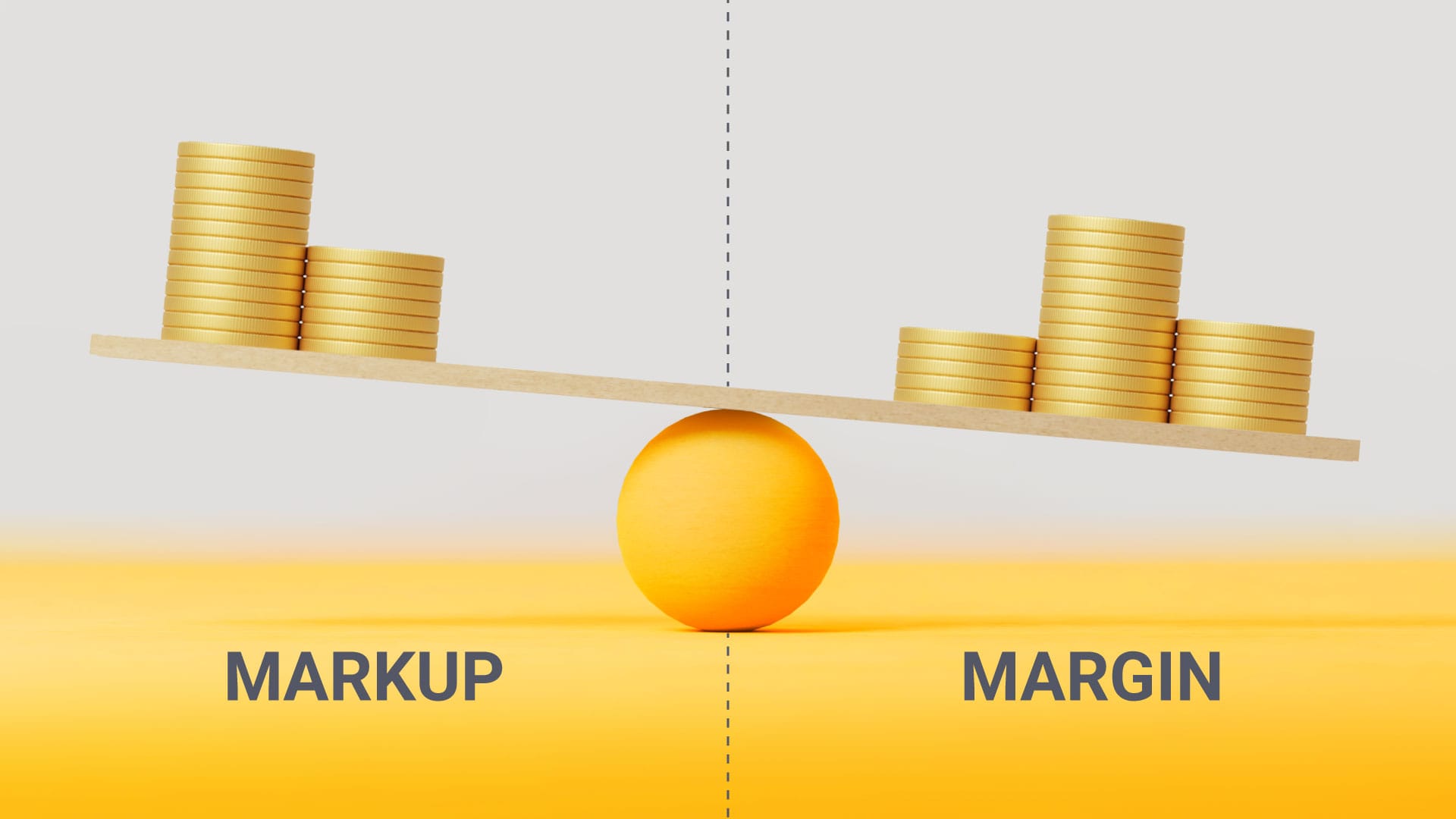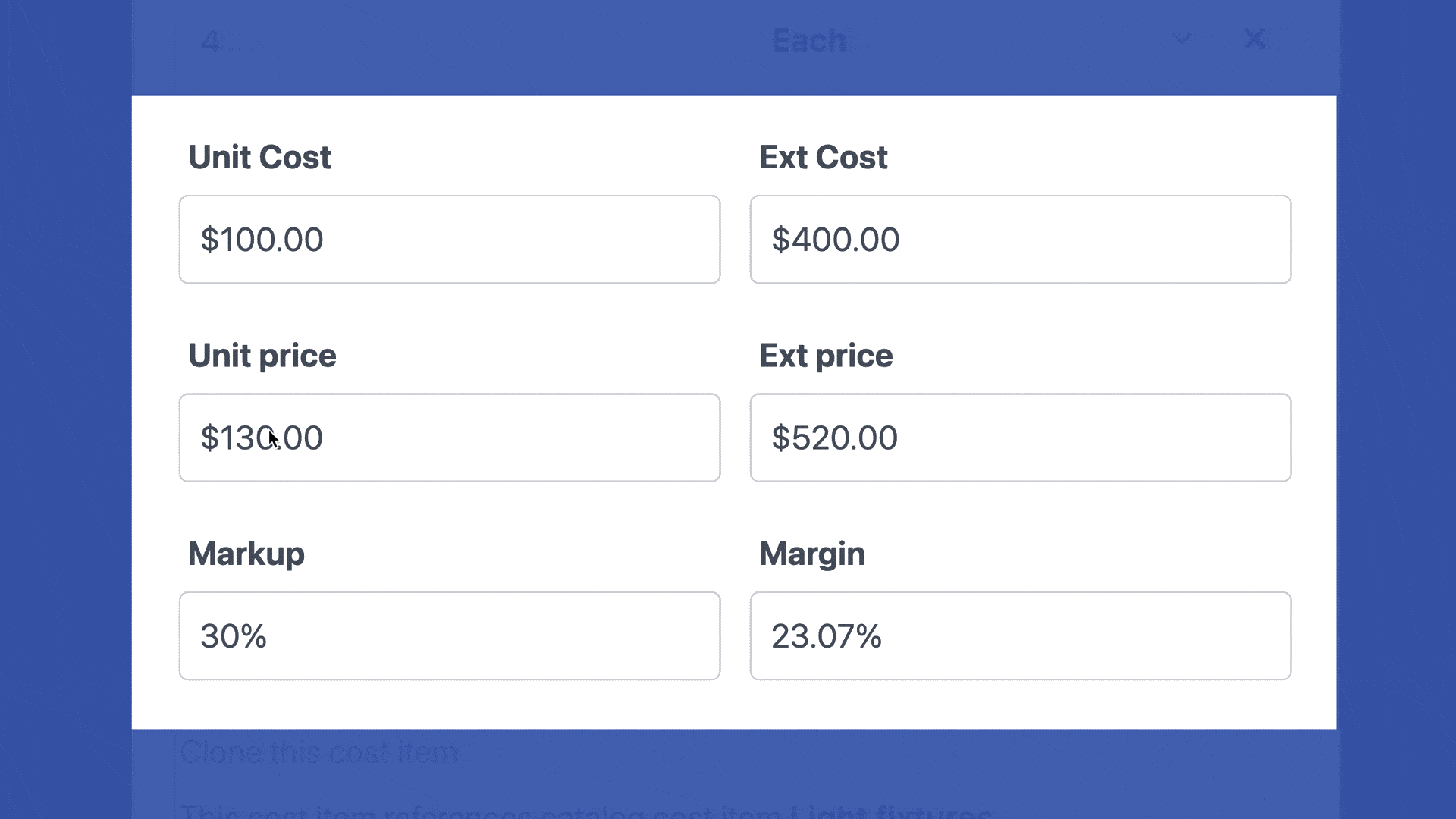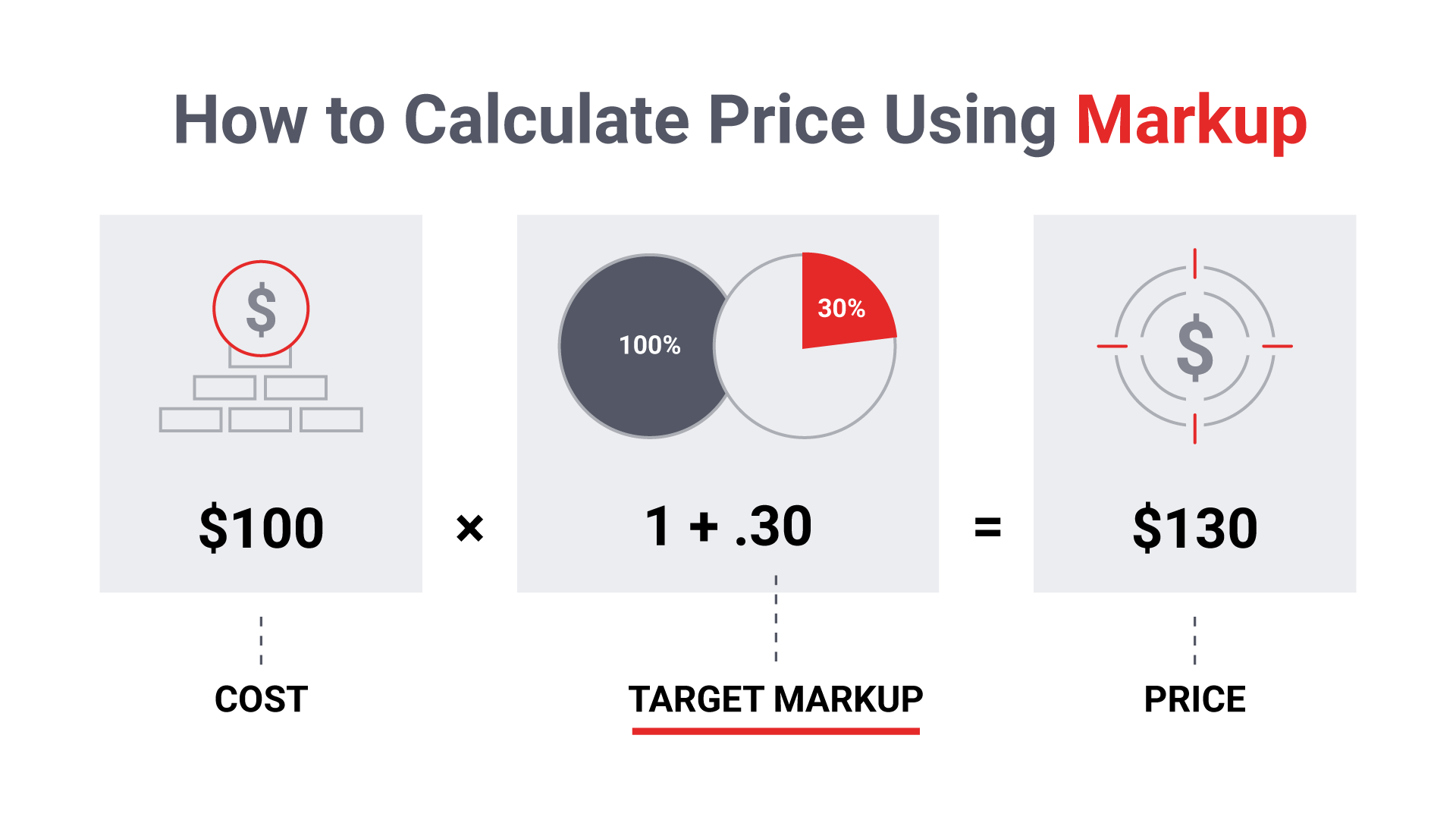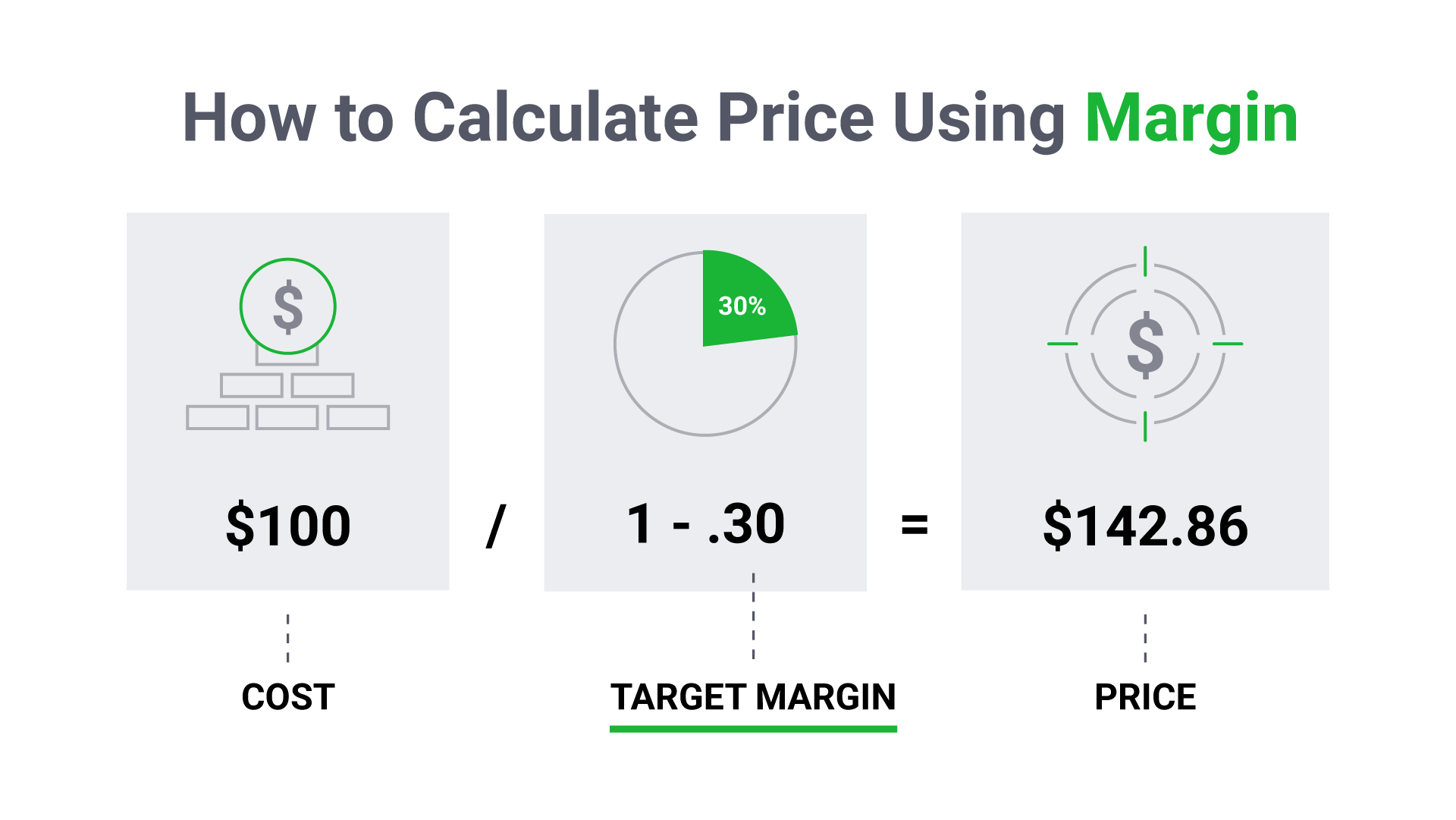Markup Versus Profit Margin… Know the Difference to Improve your Construction Estimates

You don’t need to be an expert in accounting to set prices that will support your business’s growth. Yet a common error in estimating is the assumption that markup and margin are interchangeable. This not only threatens your profit but misinforms your goals. Although both can be used to calculate a sales price for your estimates, knowing the difference between markup and margin could save your bottom line.
What is the Difference?
Did you know that a 30% markup will only get you a 23% profit margin? The difference lies in the basic calculations.
Markup
Markup refers to the percentage of an item’s cost that will be added to establish the sales price of an item.
Margin
Margin is the percentage of profits you earn relative to your sales. Margin = (Price - Costs) / Price.
You may have already noticed that margin is a standard line item on your income statement, making it a great tool for measuring your business and project performance. Using the example above, your profit margin is only 23%. It is calculated as follows ($130 - $100) / $130 = 23.07%
For quick reference, here is a chart showing your margin using various markup percentages.
Why JobTread Recommends Using Margin?
Knowledge is power and it’s important to know your actual and projected profit margins at all times.
Margin is an accounting methodology found on your income statement that is used to measure profitability. Using margin, you can set a business goal, track progress toward the goal, and measure success by comparing the actual profit margin to the target margin when the project is finished. If you fell short of your target profit margin, you can review the project details to identify errors, gaps, and overruns that may impact your bottom line so you can course correct before it is too late.
Although you may be tempted to use markup because it seems easier to calculate and may appear more transparent to the customer, markup does not follow you through the project’s financial lifecycle and will prevent you from being able to accurately forecast your gross profit.
Feeling overwhelmed? Don’t worry!
Profit margin calculators, like JobTread’s built-in tool, will simplify estimating by doing the math for you to ensure you secure the profit margin you are targeting!

Sign up for a live demo to see how JobTread can automate your margin calculations and ensure you meet your target profit!
Schedule A Demo
